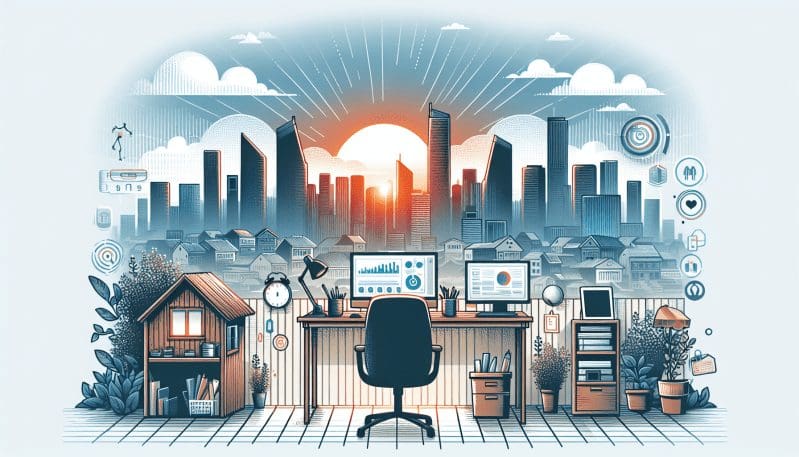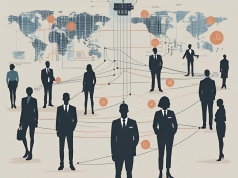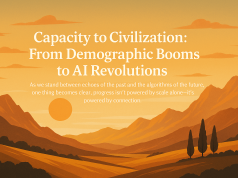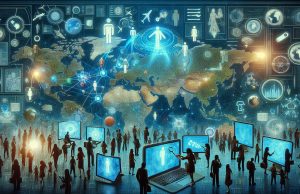As we continue to adapt to the post-pandemic era, the workplace has taken center stage in a global conversation about what the future of work looks like. Companies are tasked with striking a delicate balance between ensuring productivity and prioritizing employee well-being. This balancing act calls for innovative strategies and a clear understanding that the way we worked before may no longer be fit for purpose in the new normal.
The pivot to remote work, once considered a temporary solution, has opened the door to a wider acceptance of flexible work arrangements. Forward-thinking companies are implementing hybrid models, where employees split their time between home and the office. These models offer the best of both worlds: the flexibility and comfort of working from home, and the collaboration and social interaction that the office environment provides. However, adopting a hybrid model isn’t just about location; it requires a fundamental reevaluation of work processes, communication protocols, and performance metrics.
Technology has been a cornerstone in supporting these changes. Cloud-based platforms, collaborative tools, and AI-driven analytics are just some of the advancements that are not just enabling remote work, but enhancing it. Companies that have embraced digital transformation are finding themselves ahead of the curve, with increased resilience against future disruptions and an advantage in attracting top talent.
Nevertheless, as we focus on the logistical and technological aspects of the evolving workplace, we must not lose sight of the human element. The pandemic has left an indelible mark on workers’ mental health, with many experiencing burnout, isolation, and stress. Progressive organizations are responding by expanding mental health resources, offering more support for work-life balance, and nurturing a culture that values each employee’s well-being.
The skill sets required in the post-pandemic world are also changing. Adaptability, digital literacy, and effective remote communication are now just as important as any technical skill. Investing in continuous learning and development will be critical as businesses and employees work together to navigate the challenges ahead.
In conclusion, the workplace landscape is changing at an unprecedented pace, driven by necessity, innovation, and an evolving understanding of what it means to work. Companies that remain agile, compassionate, and technologically savvy will be well-equipped to thrive in this new era. As we look to the future, it is clear that the most successful workplaces will be those that view the well-being of their employees as being inextricably linked to their overall success.
The Work Times is committed to providing our readers with the insights and information needed to be at the forefront of this evolving landscape. Stay tuned for our next pieces that dive deeper into specific strategies and stories of adaptation and resilience in the face of the future of work.




























